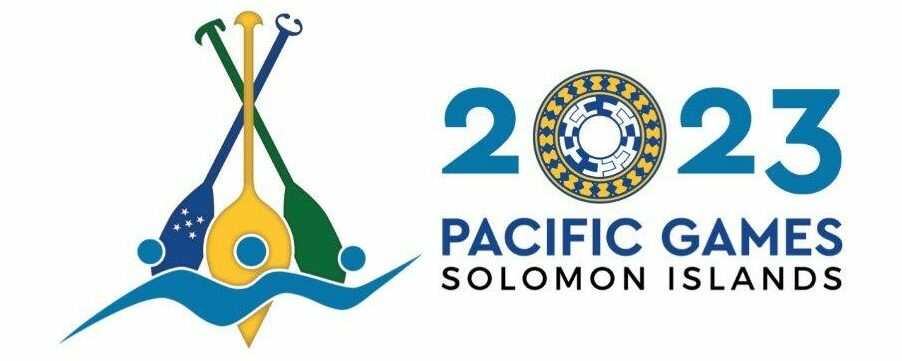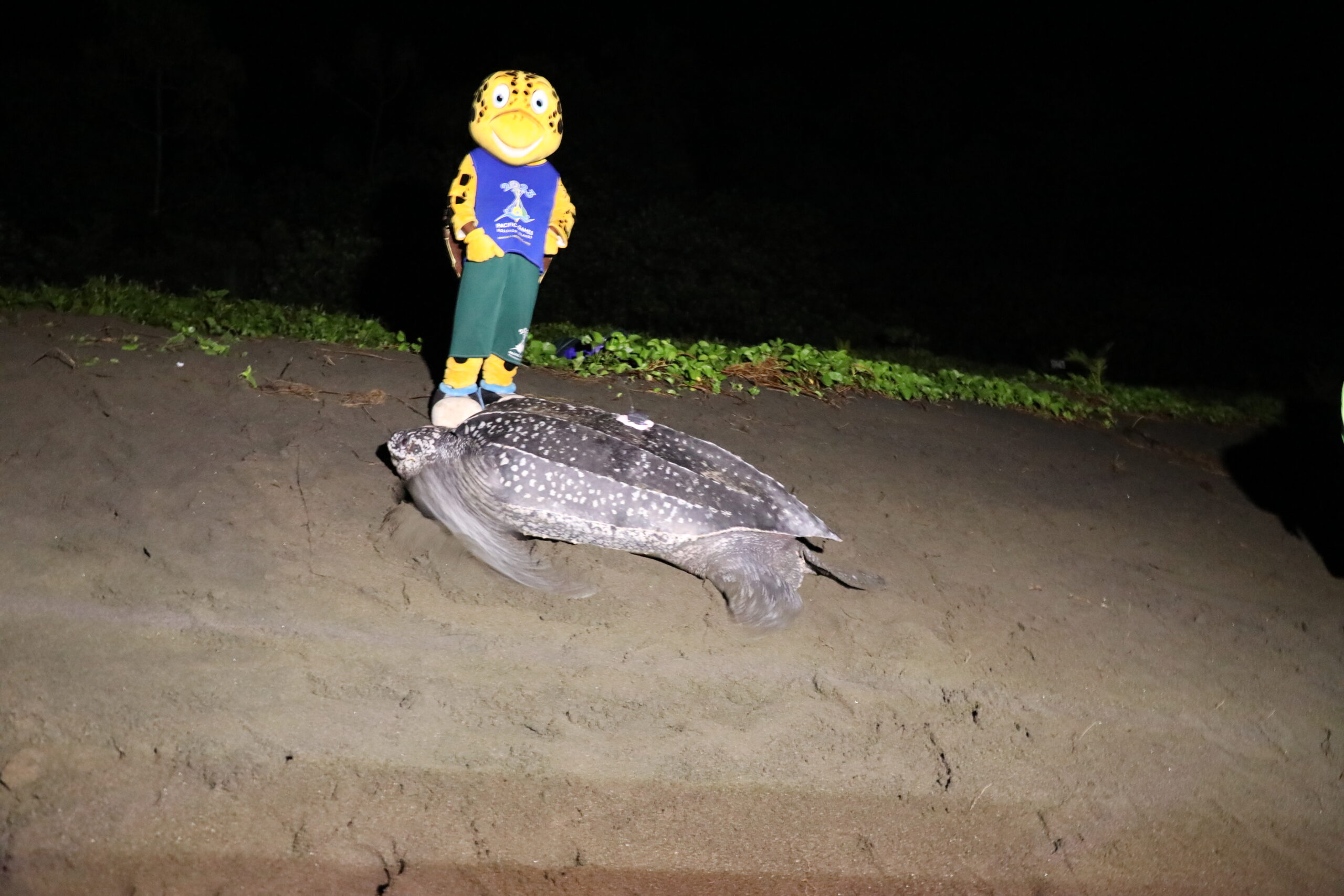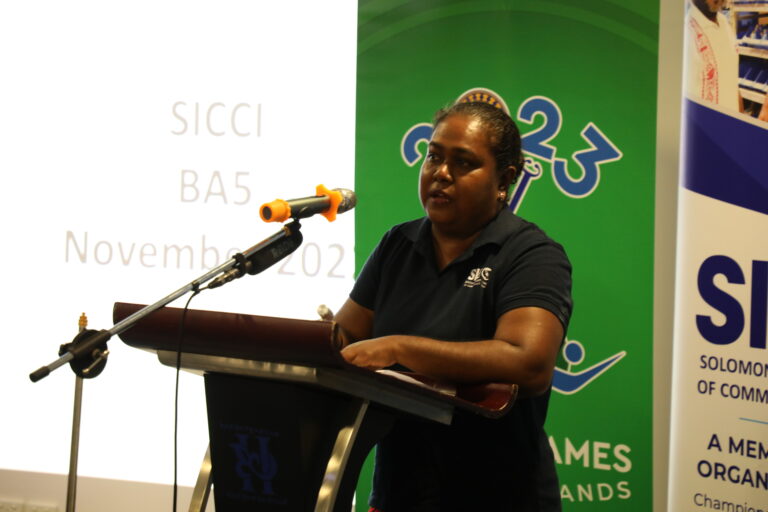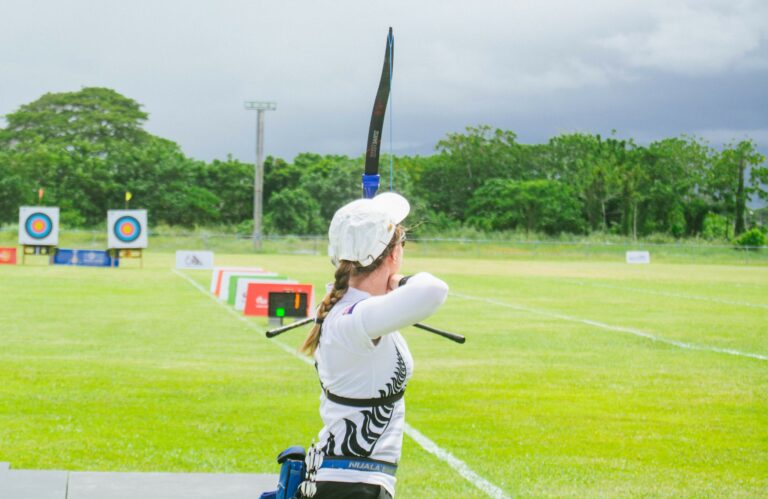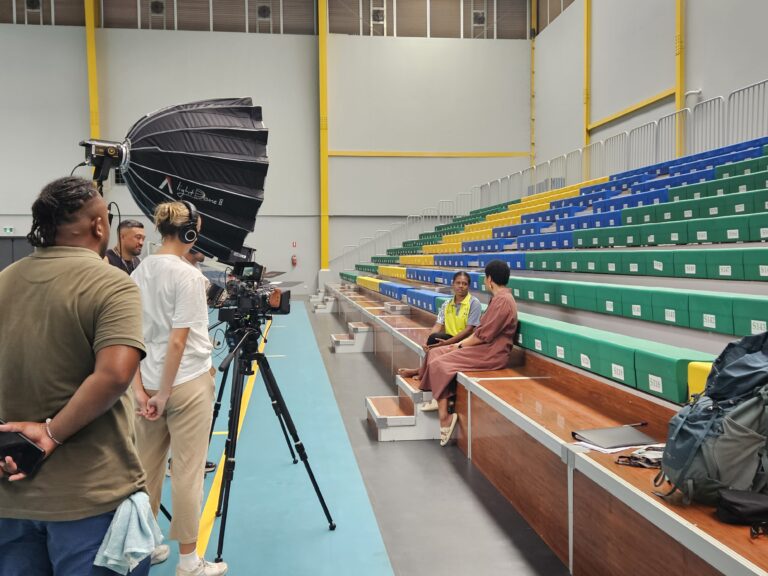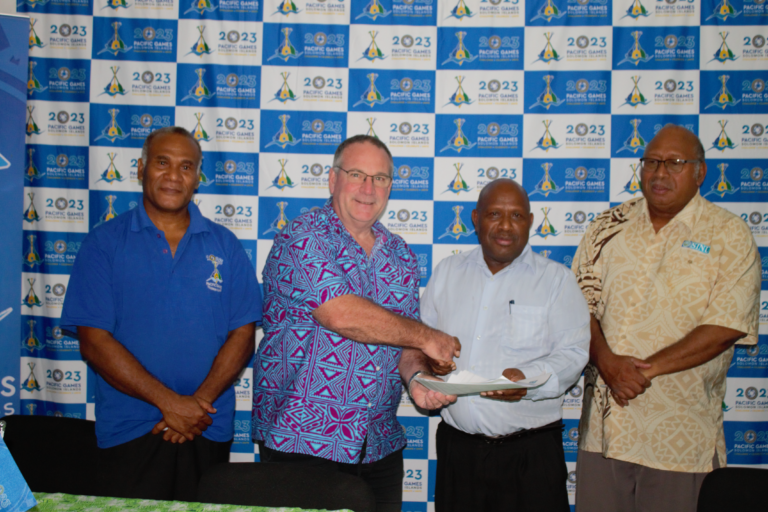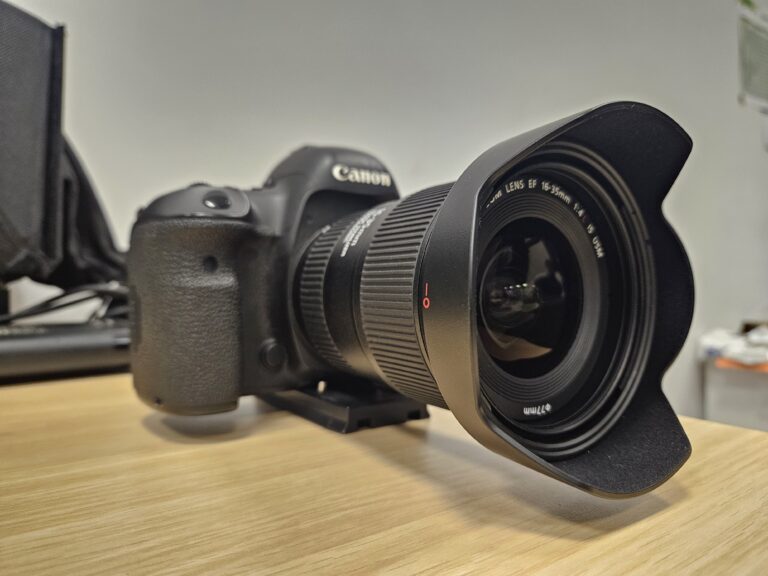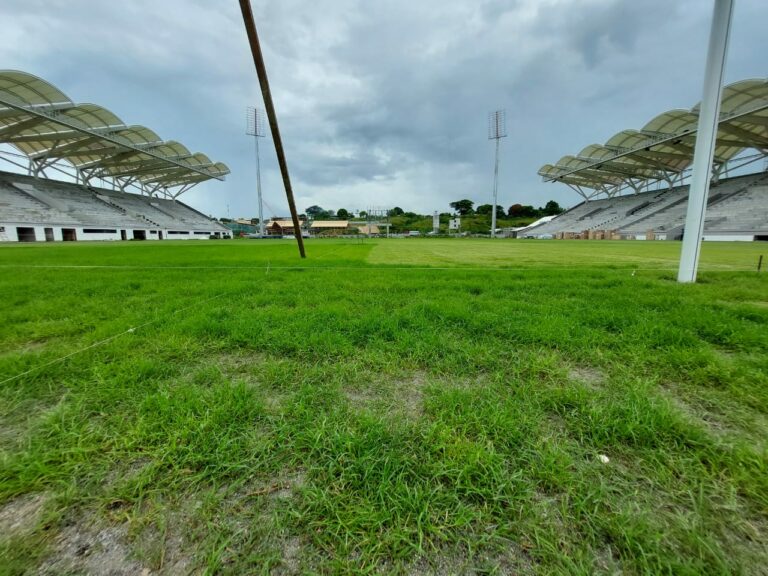Our Partnership, Our Turtles, Our Games
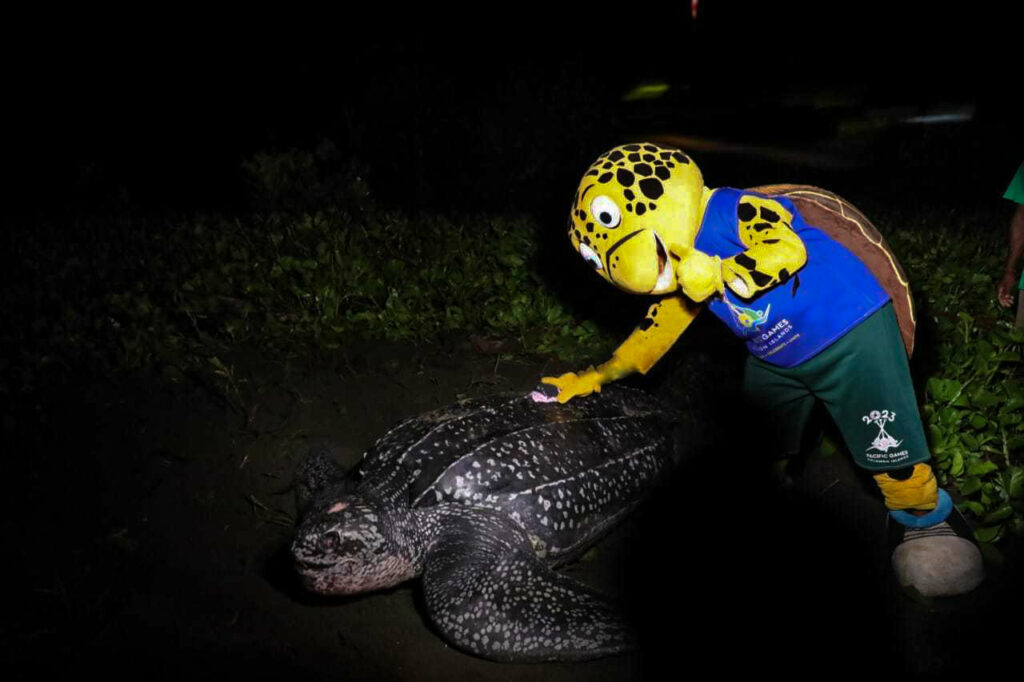
In 2007, a fisherman from Haeva found a female leatherback turtle with a satellite tag attached on her back at Haevo Nesting ground. A satellite tag is used to track migratory movement of leatherback turtles from their feeding area to their breeding grounds.
It was believed that the satellite tag had been attached from researchers in California (USA). This would have been done on the female leatherback turtle during her feeding season around the coast of California, USA.
The Turtle made the long trip home to Haevo. Where her tracker was removed. Thus, began the awareness throughout the community to protect leatherbacks in and around Haevo. The people of Haevo made the commitment and common agreement to protect the 2 kilometers of the nesting beach at Haevo.
This became the official conservation area in 2012 and they named it Haevo Khulano Integrated Conservation Centre, which is located within the Maringe Kokota Constituency in Isabel Province. Today it is one of the respected marine conserved areas.
Haevo Khulano integrated conservation Centre aims to conserve, manage and protect leatherback nesting population at Haevo, in its early stage the Centre started with 12 male rangers and recently included female rangers bringing to a total of 22 rangers mostly from the nearby villages.
The longest serving ranger at Haevo Khulano, Rodney Hens, stated that as a ranger, “it is our main task to monitor leatherbacks, insert and tighten their tags, collect DNA samples and make reports. Around October to February every year it is the peak time for these leatherbacks to come and nest at the Haevo nesting ground,” he said.
Peter Waldin who is acting Director for Nature conservancy Solomon Islands for leatherback satellite tagging explained that “the satellite tagging aims to collect information of the leatherbacks through tracking and analyzing their movements during their nesting season and post nesting. We aim to tag at least ten leatherback turtles each season,” he said.
“Ever since I learned that the Games Mascot is a turtle, I believe this was the beginning of a strong partnership with the Games organizing Committee (GOC) to advocate for the conservation of our turtles,” he expressed.
Ever Since the unveiling of the Games mascot in May of this year, 2022, The Nature Conservancy Solomon Islands is happy to work in partnership with the Games organizing committee, was the sponsor of the mascot naming competition as part of the Partnership. Further to also naming a live leatherback turtle after the Games Mascot – Solo.
As alluded to by the GOC Chief Executive officer Peter Stewart (CEO) “The fact that Solomon Islands represents the largest turtle hatchery in the pacific and the fact that the Games Mascot is a sea turtle itself – makes the link between the Games and TNCSI a natural fit” during the establishment of their partnership in October, 2022.
